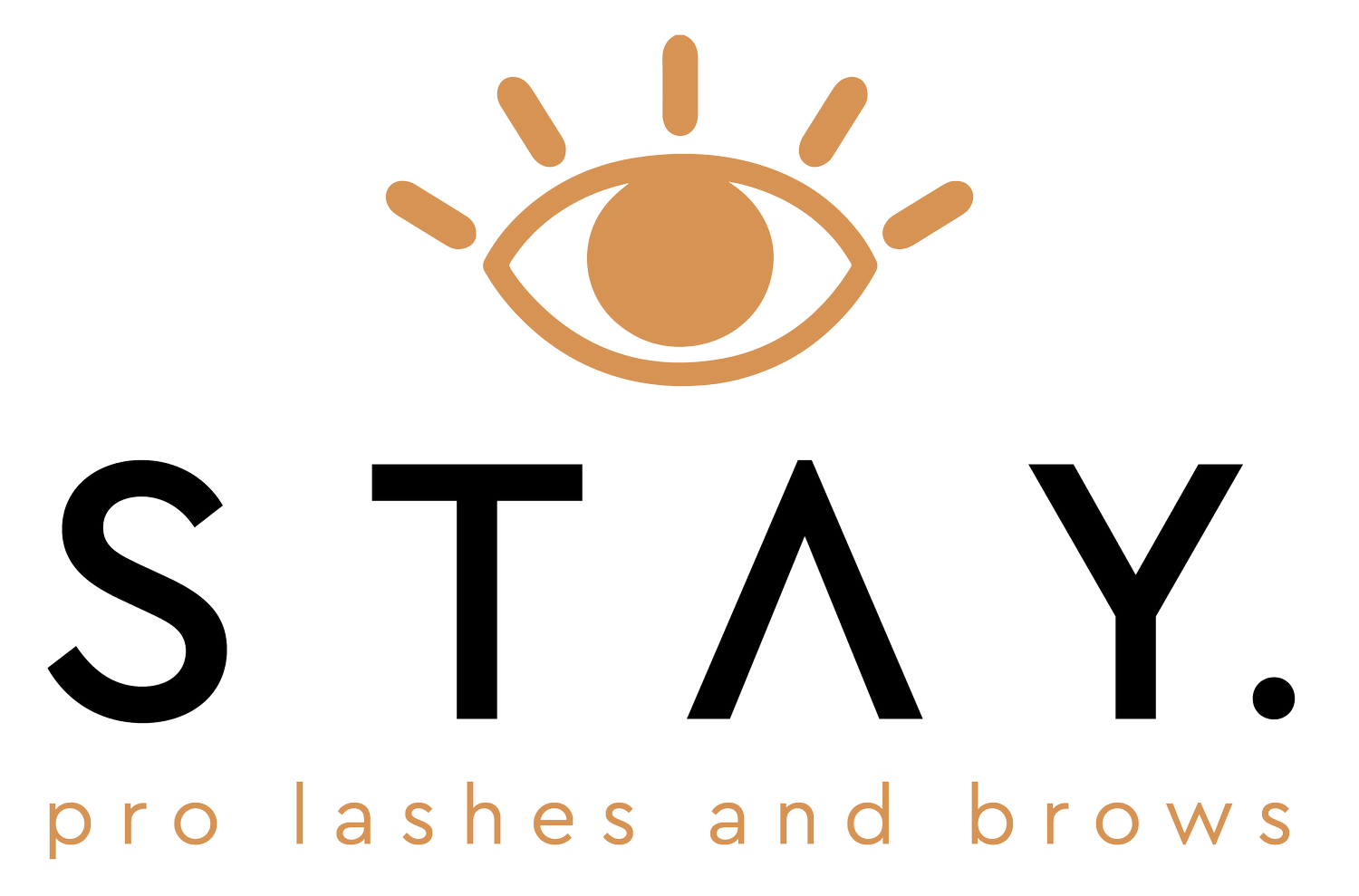Have you always dreamt of having fuller brows with a better shape? Do you spend too much time trying to get the perfect brow shape as part of your make-up routine every morning? Do You love the look of fluffy brows, but your thin twigs have been overplucked? Well, you may have heard about the magical transformations that can be done with eyebrows now days.
Here is what you should know. All the semi-permanent to permanent brow trends are a form of cosmetic tattooing. Your artist needs a body art license and the facility they work in will have a body art permit for the service. Body art covers tattooing and piercing of every level. So, if your friend just learned how to microblade on an online course but has not gone through licensing steps, you could be in very dangerous hands.
With that said, there is a difference between microblading and machine work. I know, it’s a lot but you should know that getting a permanent eyebrow service is something you should always research. Thinking long and hard about these differences can save you lots of problems down the road. It is never a good idea to jump into a permanent make-up service right before an event unless you’ve spent months considering which one is right for you. Hopefully, this helps.
Let’s start with microblading since it is the most popular. Microblading is done with a disposable pen that holds a small grouping of micro needles that resemble a blade (hence the name microblading). That pen is used to create fine lines into an already existing hairline that will resemble “real brow hair” and give the illusion of fuller, fluffier brows. Awesome, right? Take it easy, Turbo. Here’s why it doesn’t always work.
1.) A client with normal to oily skin may experience a beautiful result on the day the eyebrows are done resulting in beautiful before and after photos (Instagram is full of these) but because of the oil in the skin, the pigment may be pushed out. Sometimes an artist will compensate by going a bit deeper but even if the pigment stays, the lines will look a bit flat and murky after about six months. The lines no longer look like real hair and instead resemble striped brows, especially up close. If you are someone who has normal to oily skin and you are still married to hair strokes over a powder look, you should research an artist who does nano brows.
2.) A client who has drier skin will get great results with microblading but should be careful to choose an artist who understands color theory well. Any variation of color from your real eyebrow color will draw attention to the lines so going darker is not recommended unless you plan on dying your brows on the regular. Choose an artist who take time to match your skin’s undertones and hair color. Both are equally important to getting a good, healed result. At STAY, we use Brow Daddy pigments. This line heals very true to tone and offers a variation that artists can usually only achieve by mixing colors, leaving more room for mistakes.
Feather Brows are another term used for microblading, but it could mean two different things. Someone who offers feather brows may just mean they use the pattern of a feather (a common pattern) to help rebuild your brow. It also may mean that they don’t go as deep as microblading, which means you’ll probably only get about six months out of the service before your new hairstrokes fade and your left with nothing again. At STAY, a feather brow is sometimes done on the first appointment for clients who seem nervous or uncertain about what they want, and then deeper strokes are made on their second appointment after any adjustments are agreed upon. The term feather brow could also mean both things, rather done with machine or microblading pen.
Nano Brows are like microblading strokes except it is done with a machine. This is a great alternative for people who have normal to oily skin because the artist has more freedom to use hair strokes and some strategic shading under the real hair. Sometimes nano brows are combined with some light microblading and sometimes it’s combines with powder shading depending on the desired result. The healing time is much easier than microblading and can be done several times over a person’s lifetime because no scar tissue is created. The artist will need to be skilled in machine work and use a very low vibration machine, which are often quite expensive.
Powder Brows are also done with a machine but with a technique called whip shading. The result is tiny dots in the skin that represent eyebrow powder. Again, your artist needs to be highly skilled at whip shading to get the right depth and pattern consistency. If the artist goes too deep, scar tissue can be created making it difficult to get touch ups in the future. If an artist goes too shallow, the color doesn’t implement correctly and they will have to go over the area too many times, also causing scar tissue. Eyebrow shaping before this service is key so that the brows are as even as possible, but the design will also shrink somewhat. The size of the needle is determined by the age and texture of the skin.
Consultations are always advised, and most artists are happy to oblige. While cometic tattooing is a beauty service, it is still a tattoo even if it is meant to fade over a long period of time. Take all precautions necessary when considering an artist.





